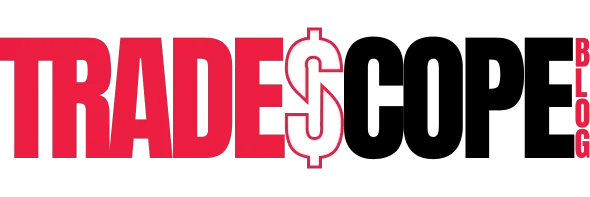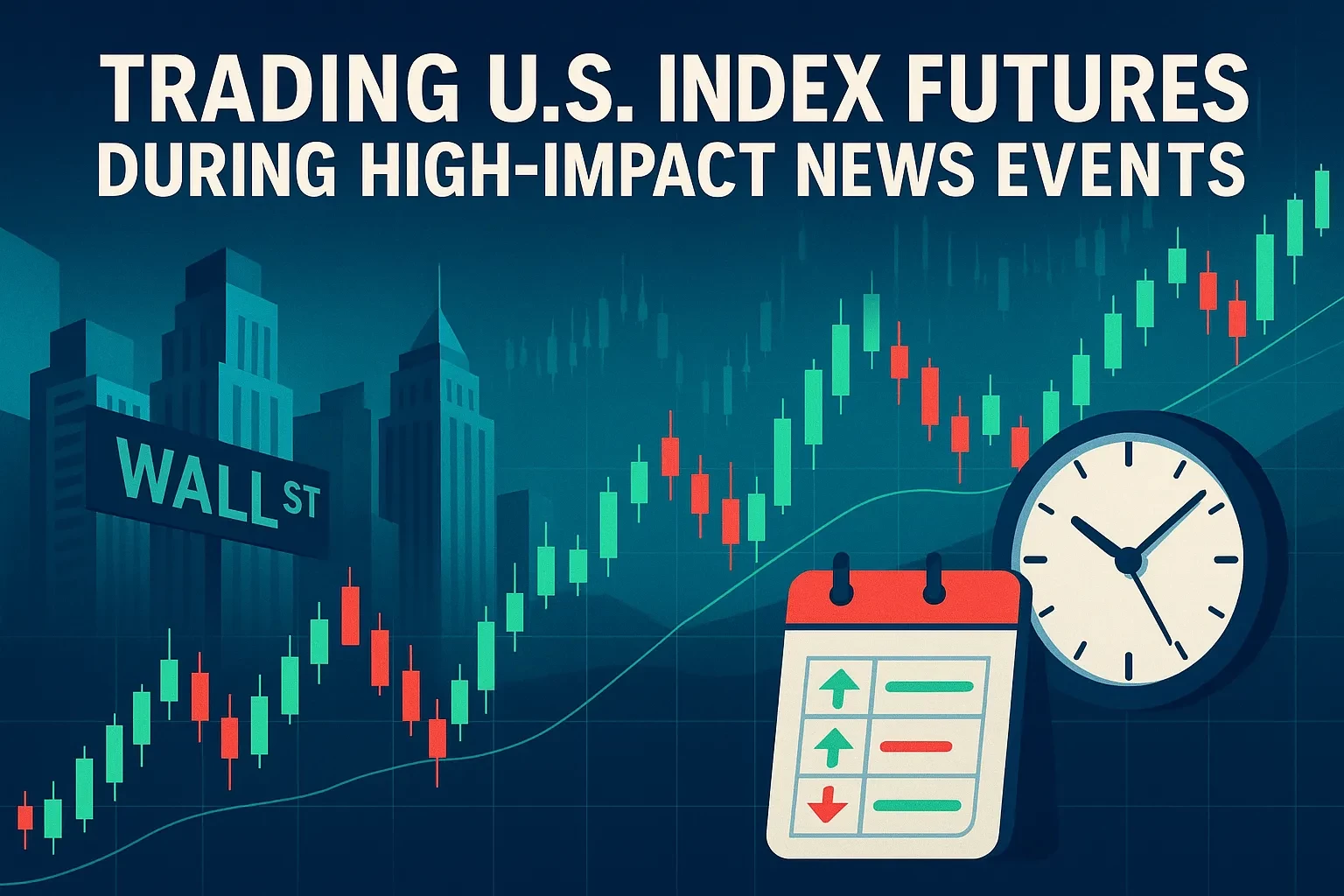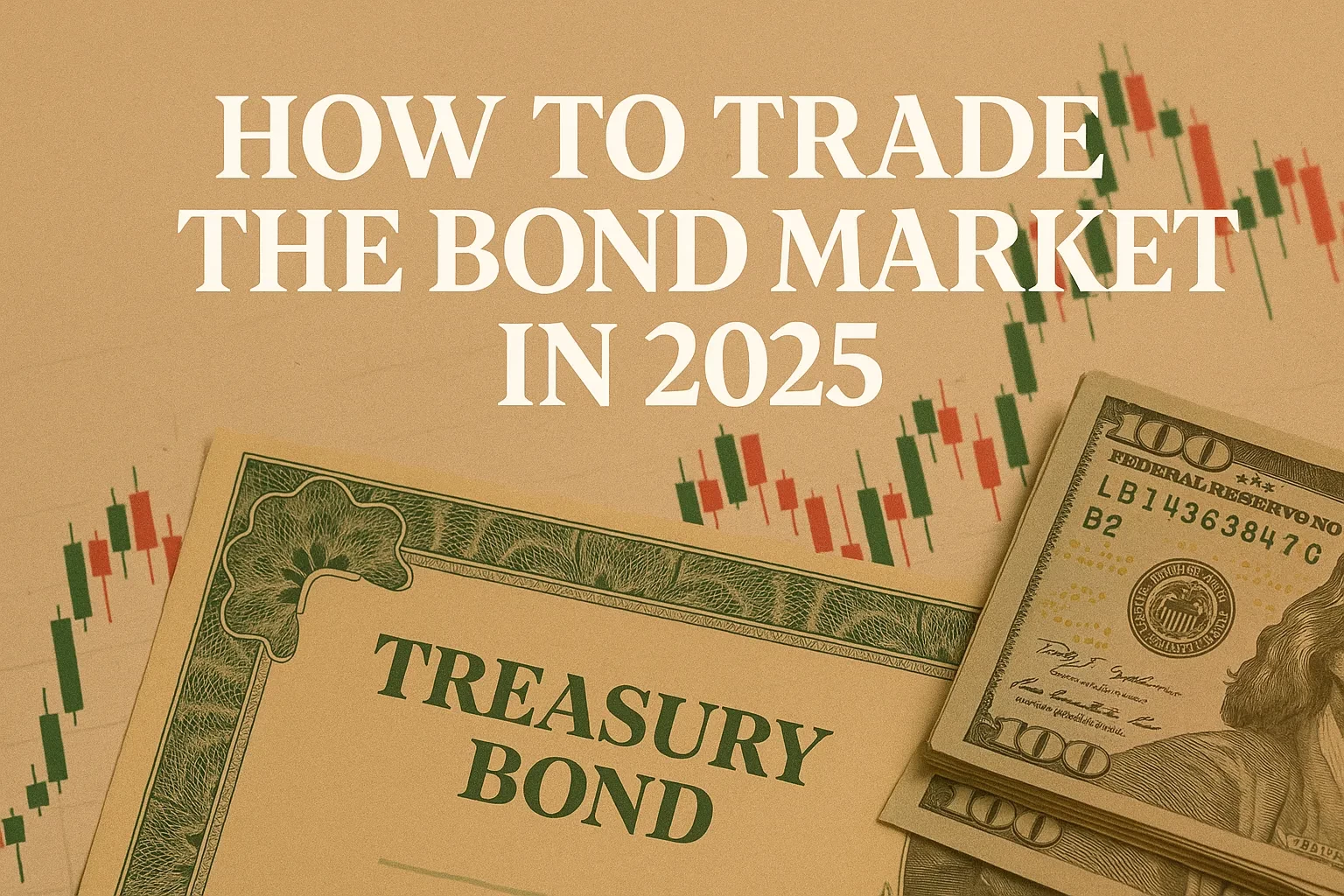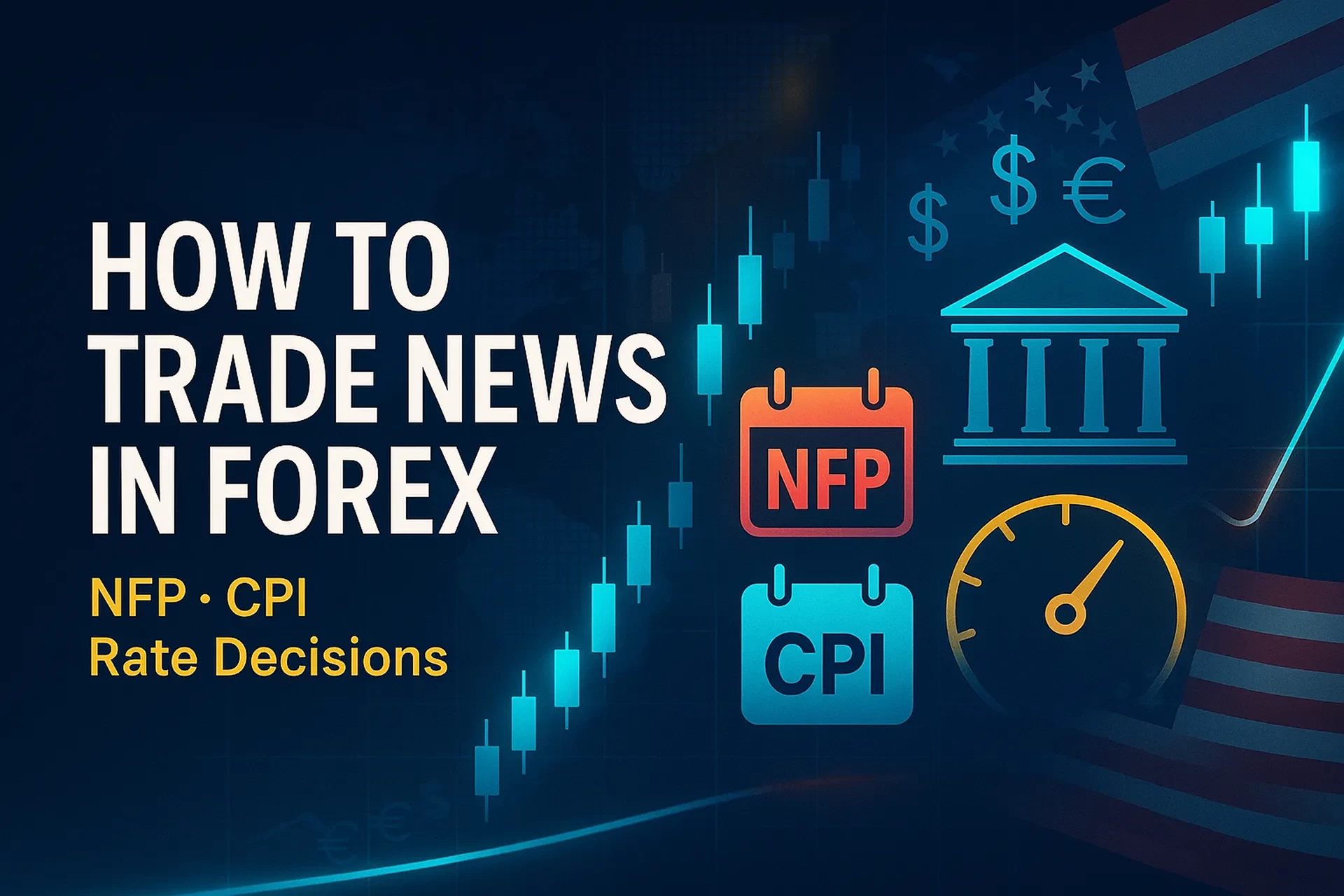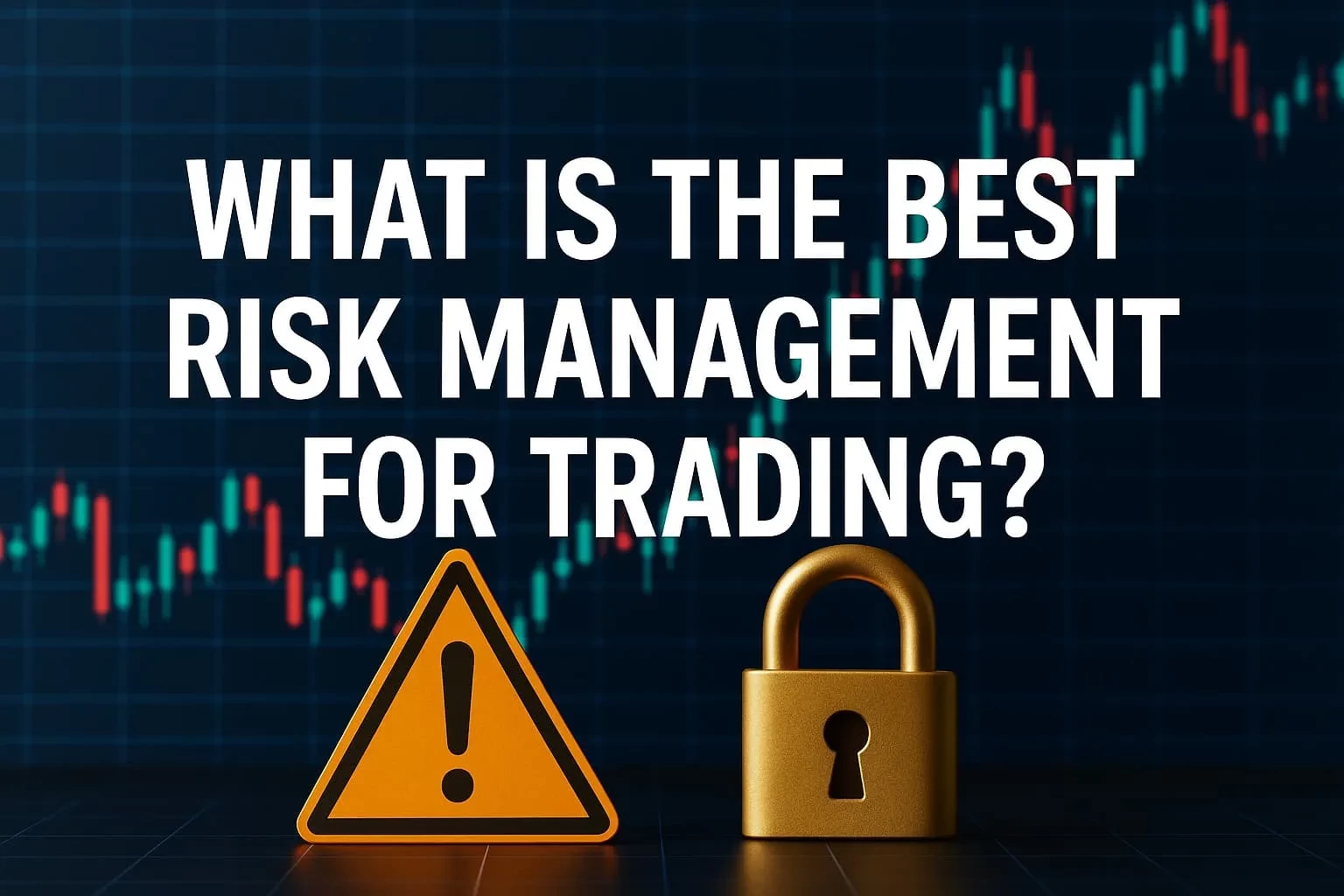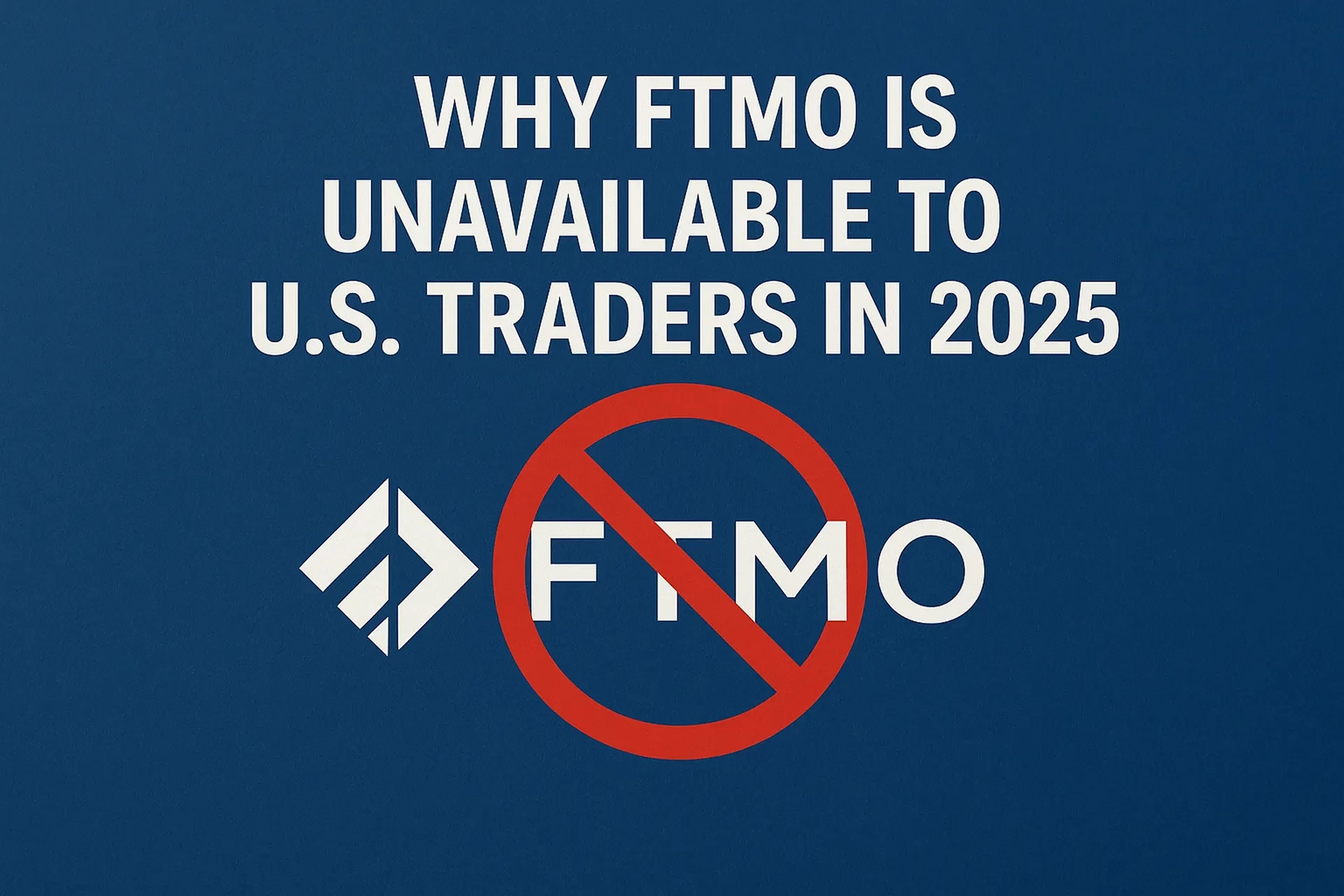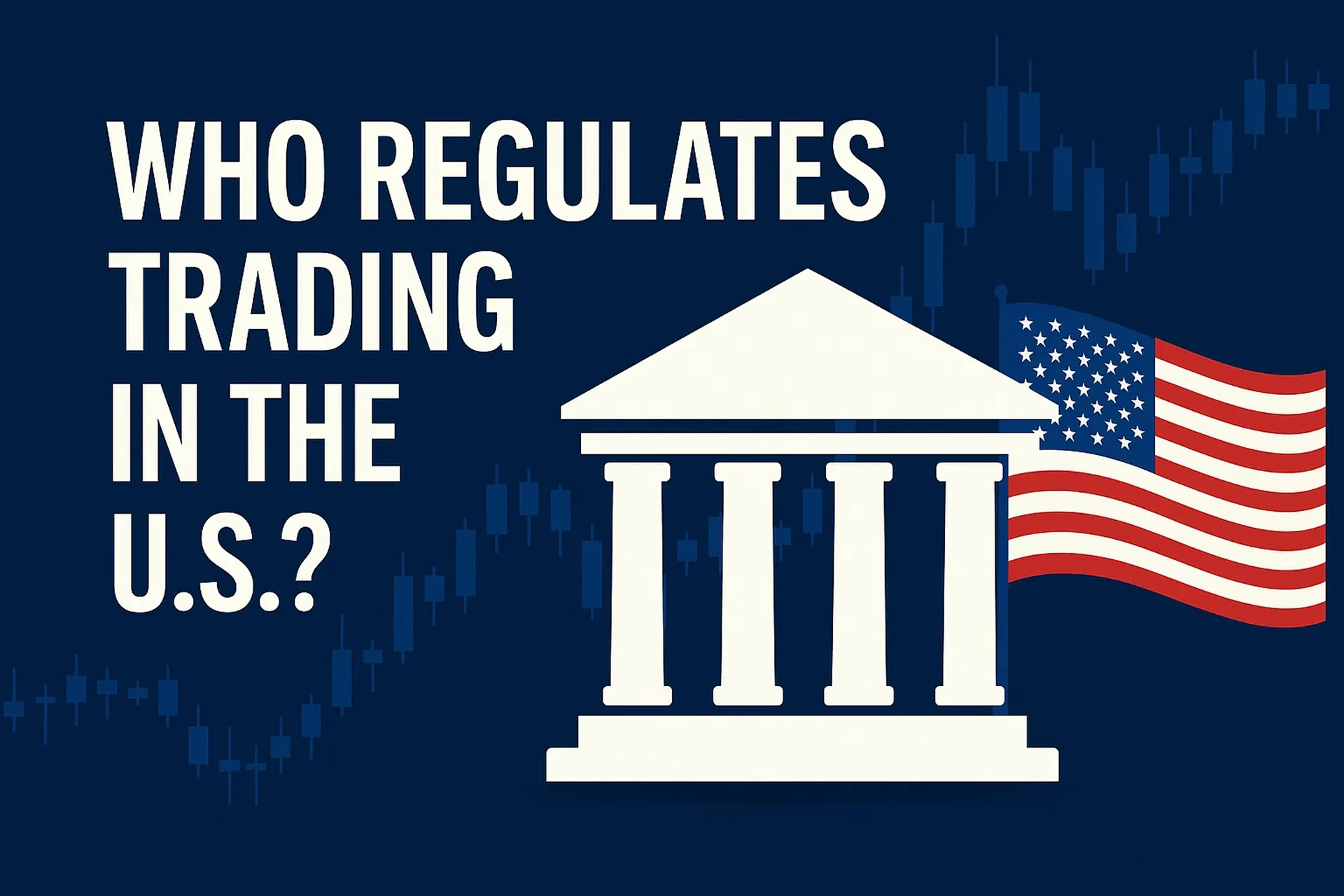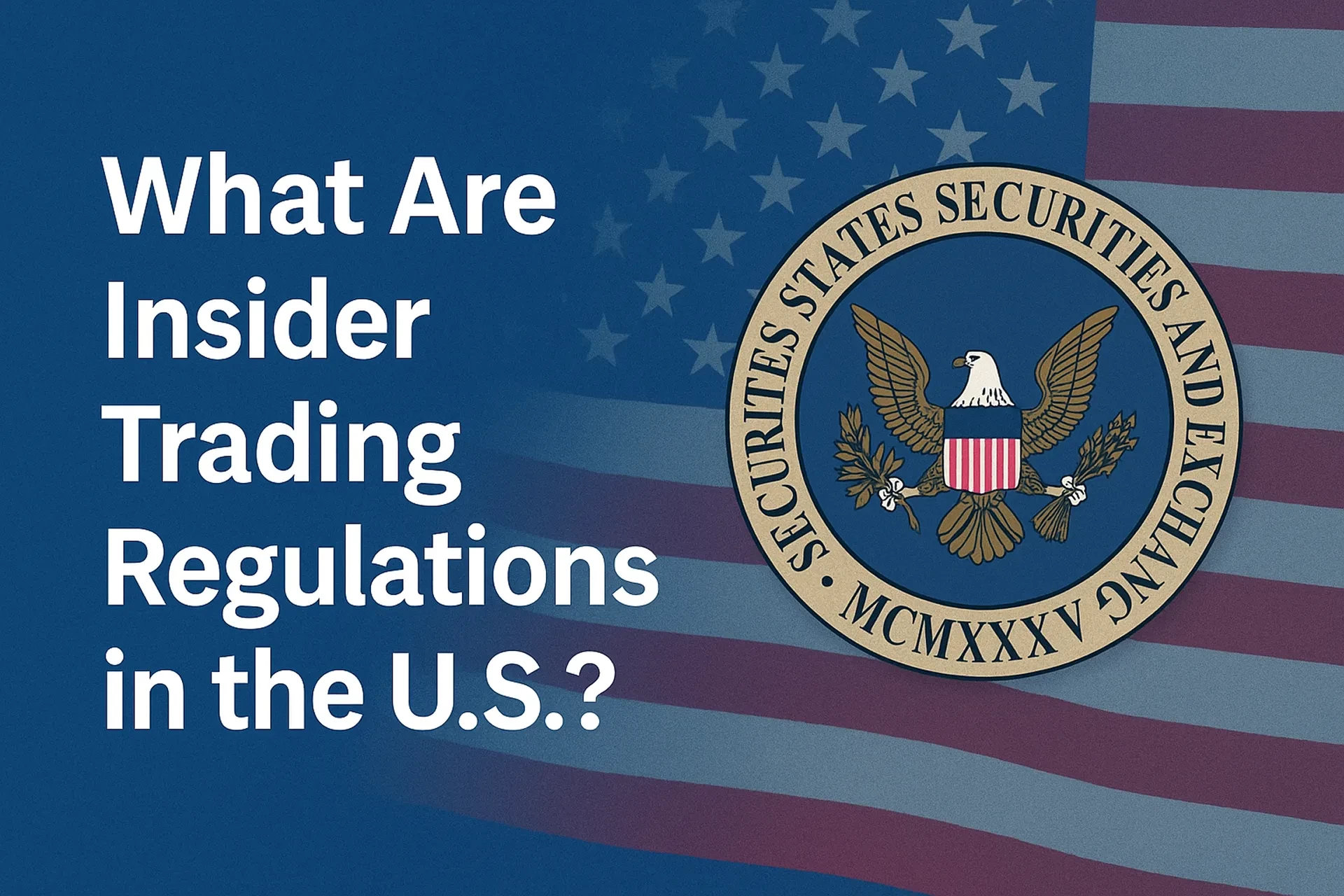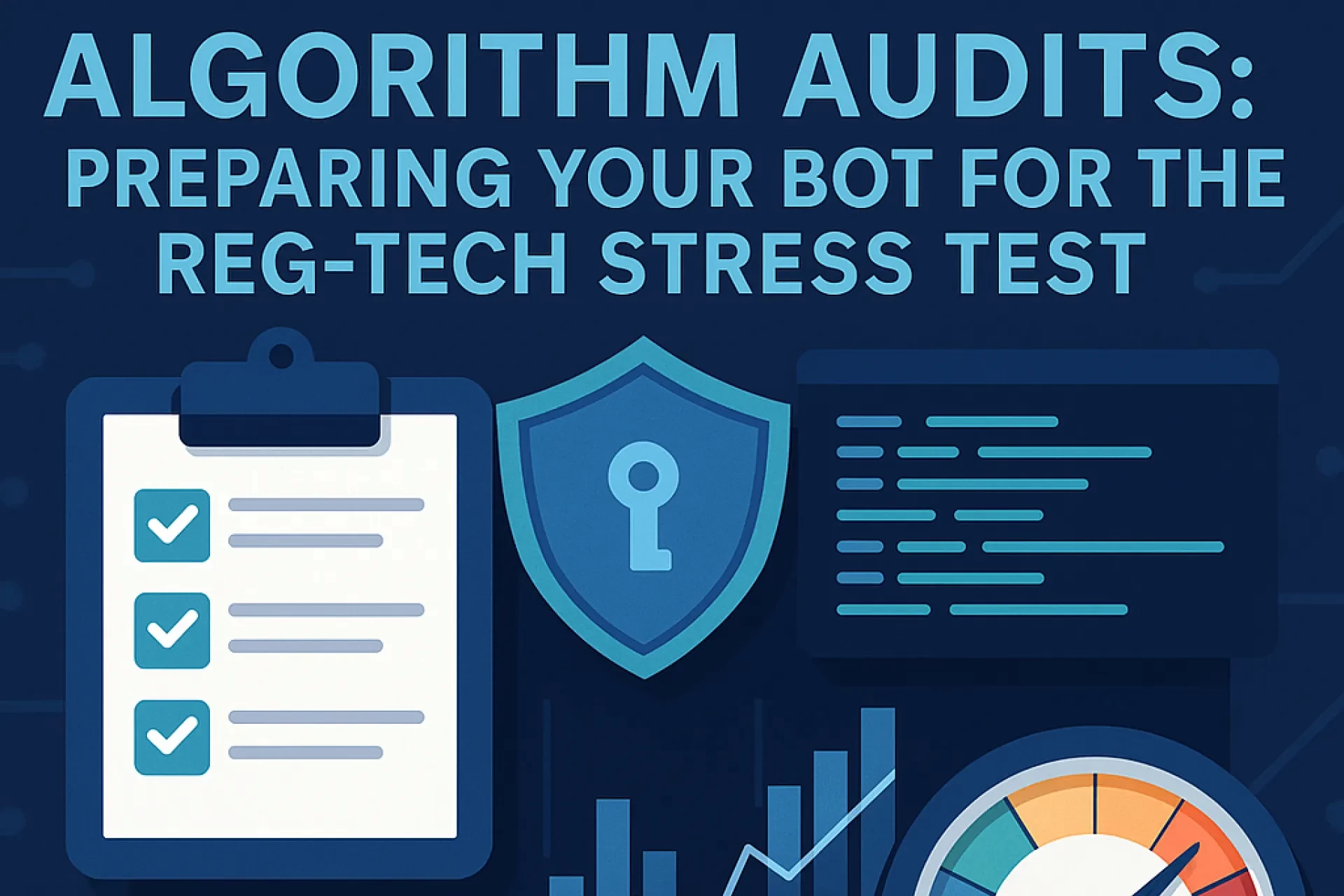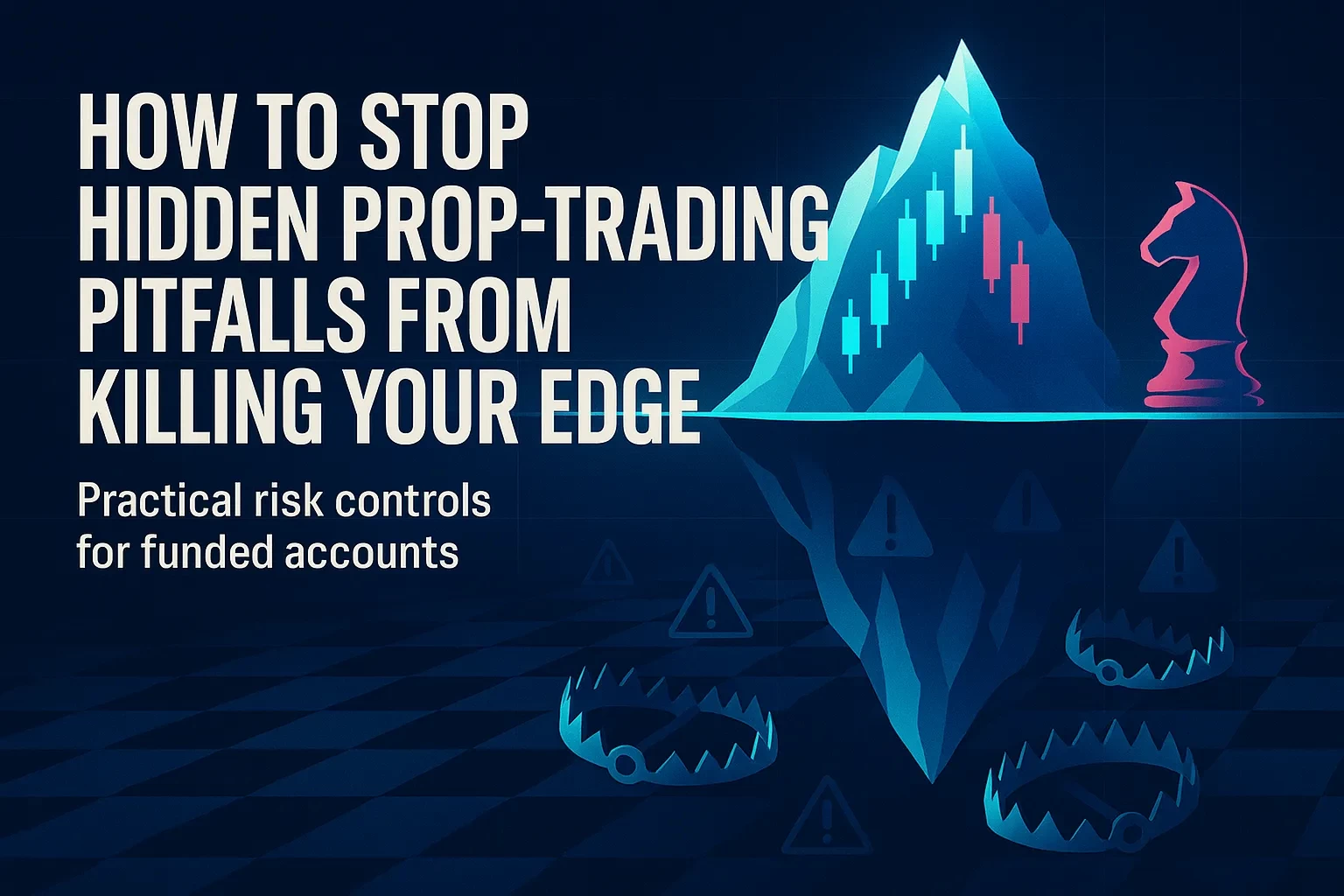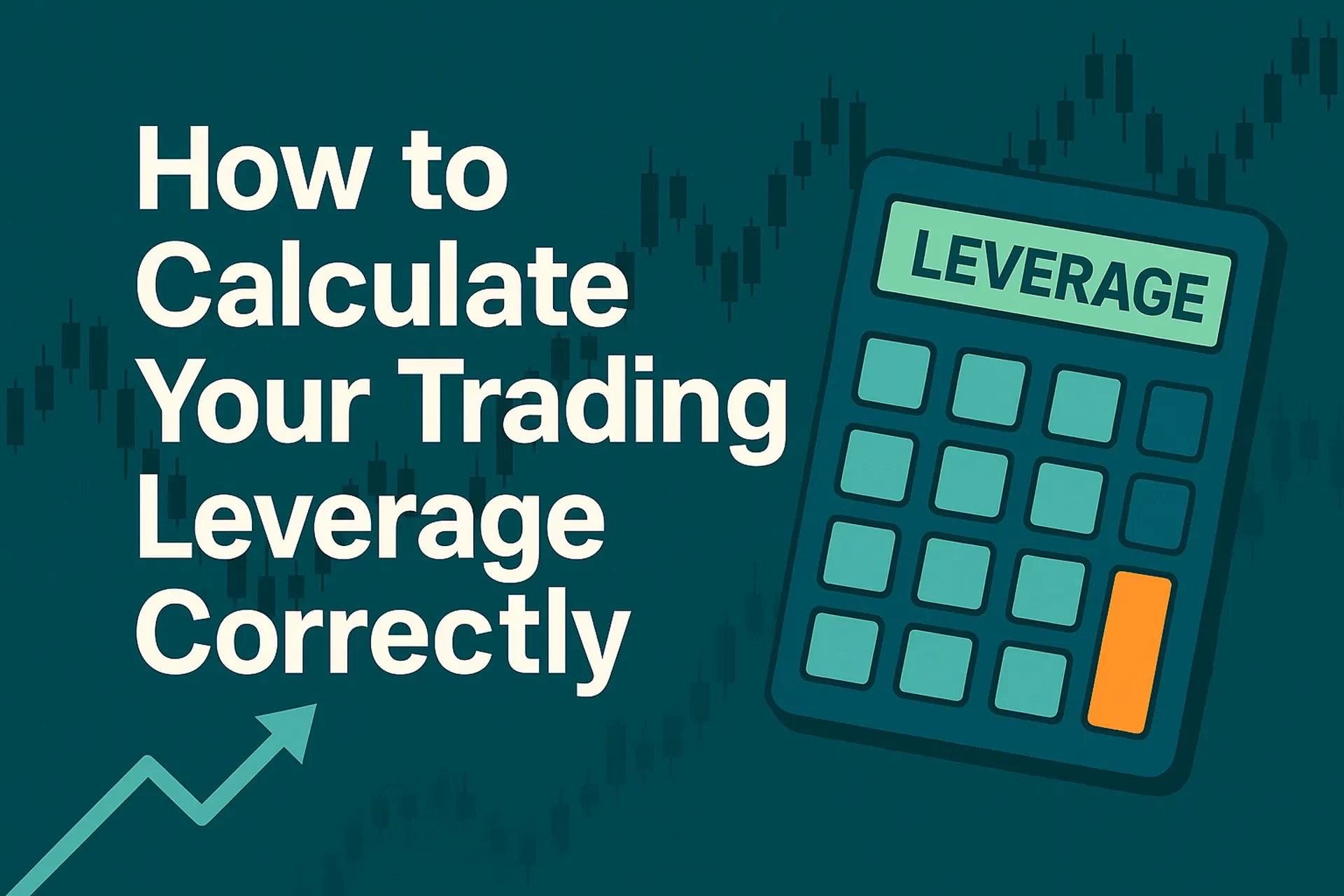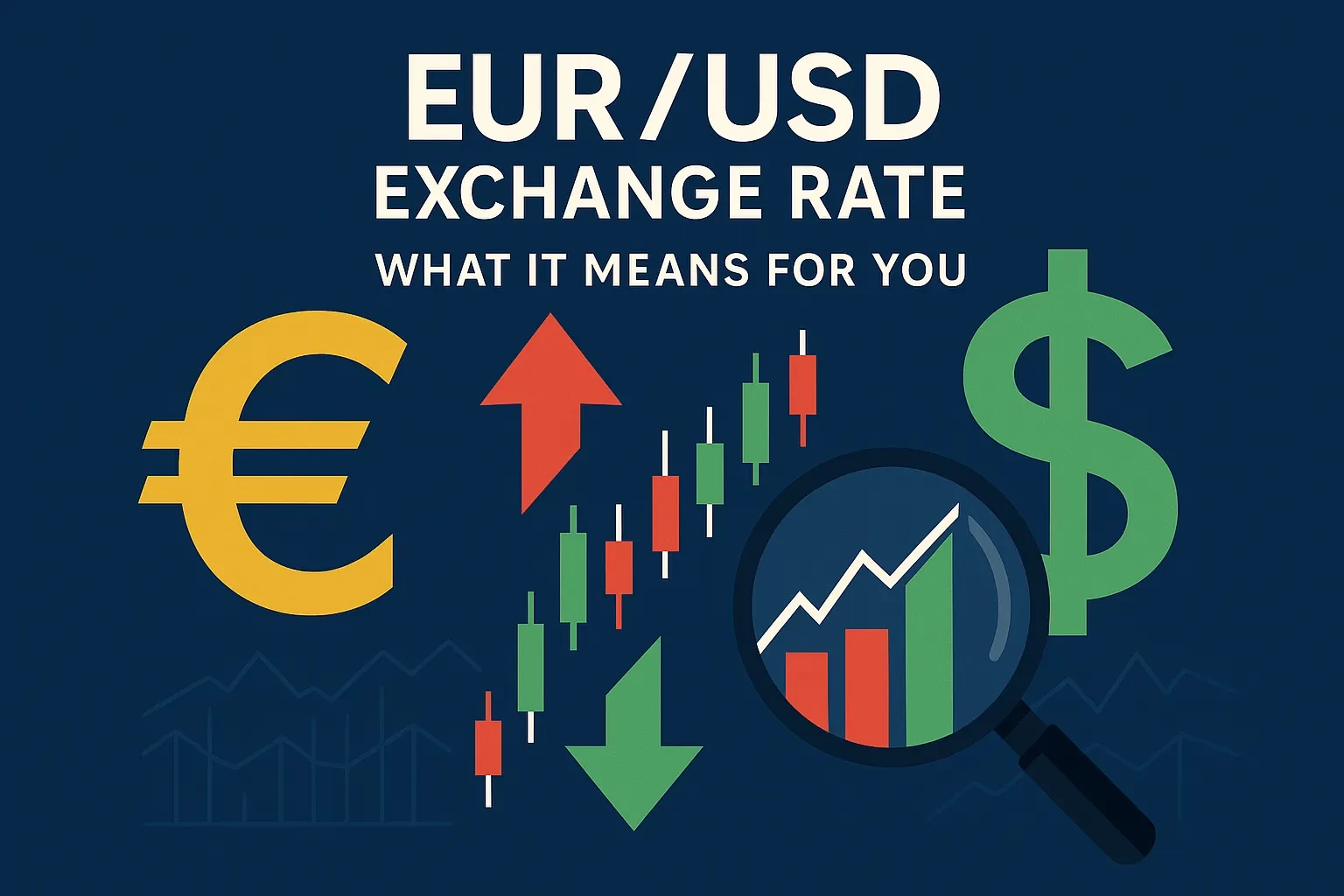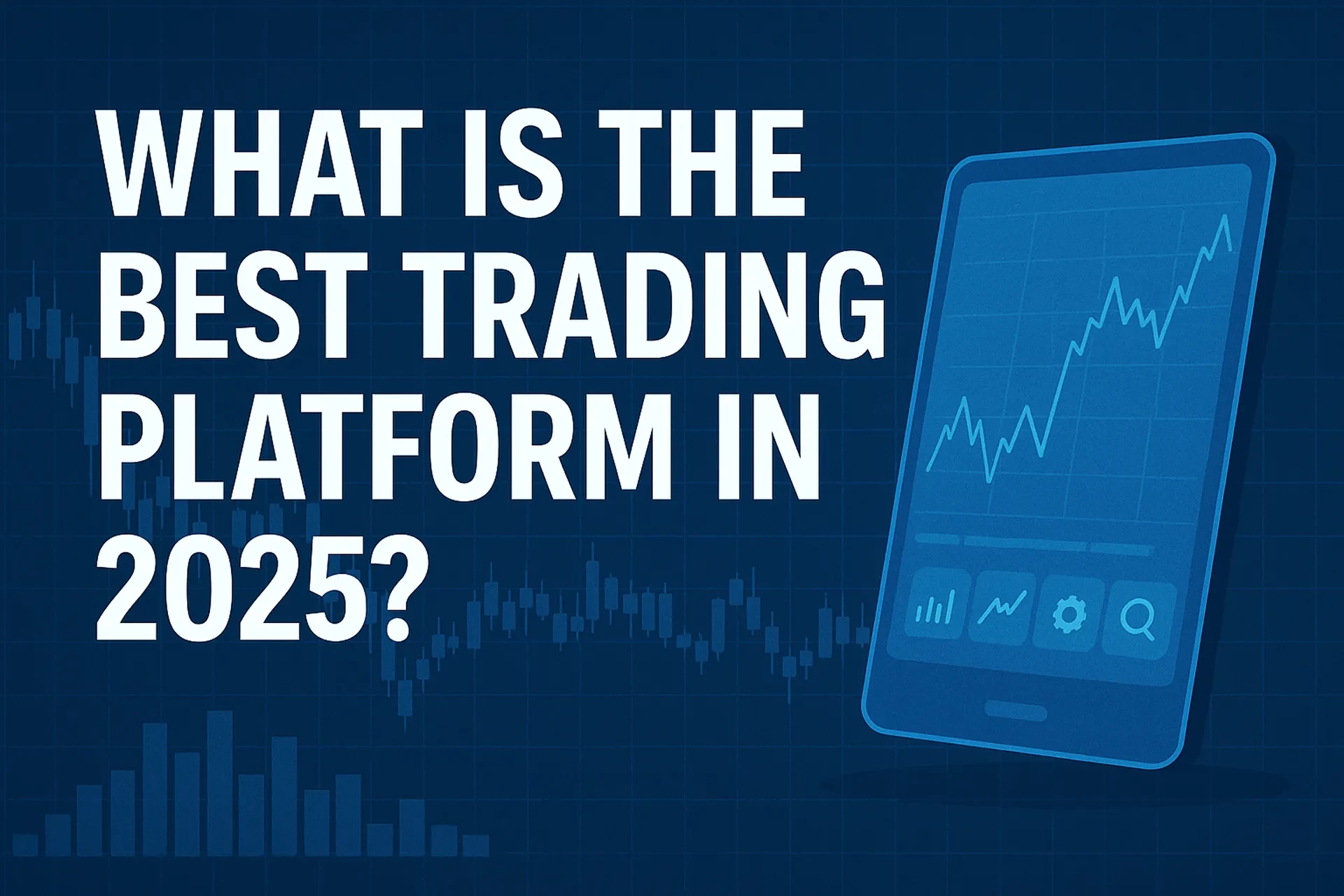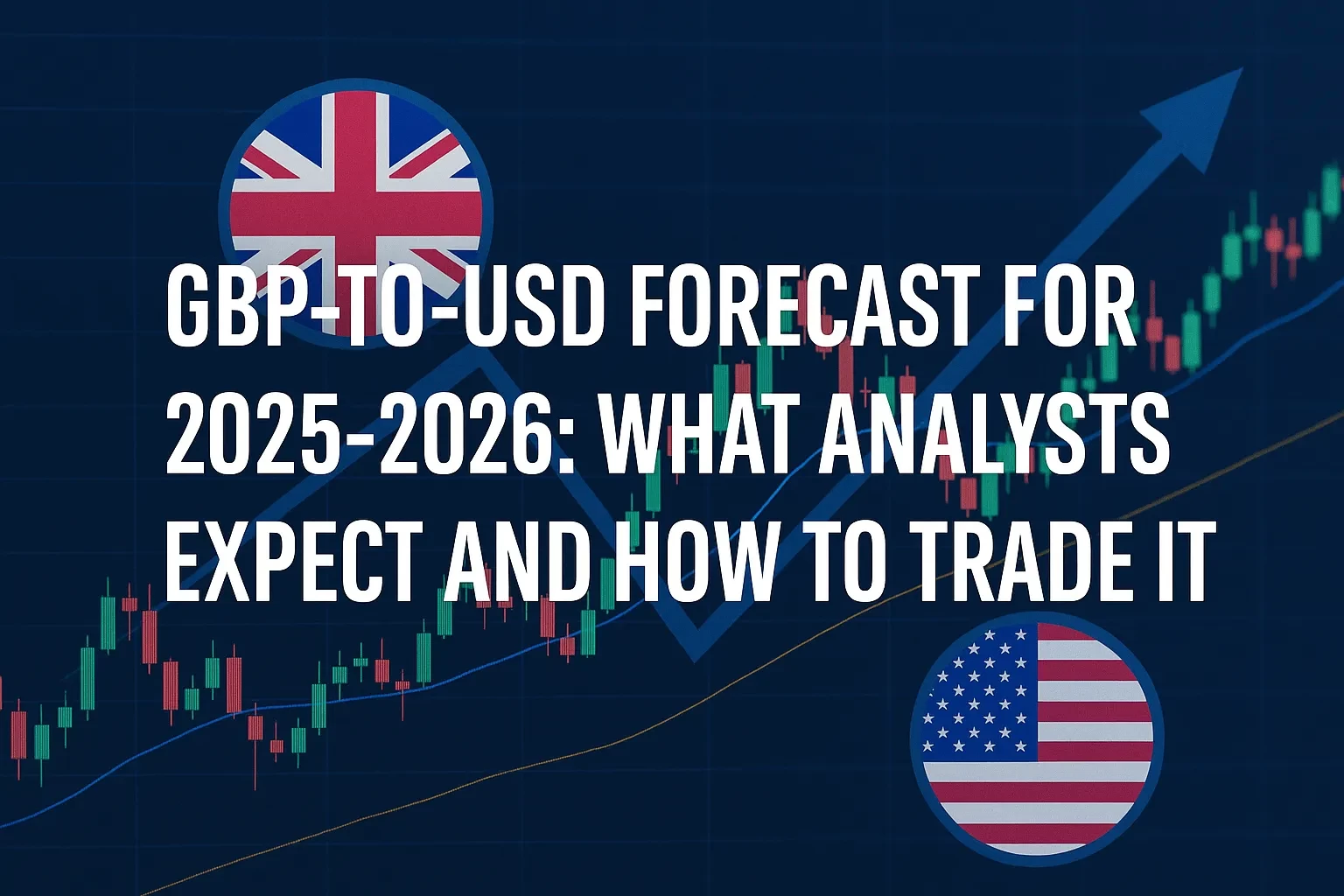Table of Contents
Trading in 2025 is more accessible than ever—zero-commission stock apps, fractional shares, micro-futures, and 24/7 crypto all invite you to “get started” with just a few dollars. Yet regulations, broker rules, and sound risk management still dictate how much cash you should realistically commit on day one. This guide demystifies the capital question with the latest U.S. rules, typical broker policies, and hands-on budgeting frameworks so you can launch your trading journey on solid financial footing.
Why Starting Capital Matters in 2025
Starting capital is the liquid cash you deposit to open and sustain a trading account. It determines:
• Regulatory access (e.g., $25 K pattern-day-trader threshold)
• Buying power (cash vs. margin vs. leverage)
• Risk per trade and survival through losing streaks
• Cost efficiency, because commissions may be $0, but SEC/FINRA fees and bid-ask spreads still scale with trade size
In today’s high-volatility environment—where the S&P 500 regularly swings >1 % intraday and micro-futures trade nearly 24 hours—you need enough cushion to withstand adverse moves and still follow a disciplined strategy.
Regulatory & Typical Broker Minimums
Stocks & ETFs
• Cash account: No federal minimum; many brokers let you open with $0.
• Margin account: FINRA Rule 4210 requires $2,000 equity.
• Pattern Day Trader (PDT): ≥4 day trades in five business days → maintain $25,000 equity.
Options
The same $2 K margin minimum applies; complex strategies often need $5 K–$10 K.
Futures
Micro E-mini S&P 500 (MES) initial margin ≈ $1,320; maintenance ≈ $1,200.
Forex (Retail Spot)
CFTC caps leverage at 50:1 on majors → post at least 2 % margin.
Crypto
On Coinbase, the minimum trade is about $2.
Account-Protection Cushion
SIPC insures up to $500,000 per customer (cash limit $250 K). Keep balances and strategies segmented under that ceiling.
Table 1 – Typical Capital Benchmarks (2025)
| Asset class | Hard minimum | Practical “comfortable” range* |
|---|---|---|
| Stocks/ETFs – cash | $0 | $500 – $5,000 |
| Stocks/ETFs – margin | $2,000 | $5,000 – $30,000 |
| Day-trading stocks (PDT) | $25,000 | $30,000+ |
| Options (basic spreads) | $2,000 | $5,000 – $20,000 |
| Micro-futures (MES) | $1,320 margin | $3,000 – $5,000 |
| Standard futures (ES) | $13,200 margin | $30,000+ |
| Retail forex majors | 2 % margin | $1,000 – $10,000 |
| Spot crypto | $2 trade | $100 – $5,000 |
*Ranges assume 1 %–2 % risk per trade and realistic drawdowns.
A Step-by-Step Framework to Set Your Budget
• Define your strategy horizon. Scalping needs more buying power than weekly swing trades.
• Calculate volatility-adjusted position size. Use ATR or standard deviation.
• Cap risk at 1 % of account. Stop-loss distance × position size ≤ 1 % equity.
• Add cushion for fees & slippage. Test fills with micros or demo.
• Match platform rules. Choose cash vs. margin vs. micro-contracts.
• Keep an external emergency fund. Never trade rent or tuition money.
Pros, Cons & Risk Management by Capital Size
| Starting Capital | Advantages | Pitfalls | Key Risk Controls |
|---|---|---|---|
| <$1 K | Learn platforms cheaply; fractional shares | Costs still add up; limited diversification | Index ETFs; avoid leverage |
| $1 K–$5 K | Access micro-futures, basic options | PDT blocks active day trading | Risk ≤$20 per trade; keep logs |
| $5 K–$25 K | Margin; better routing | Over-trading temptation | Strict sizing formula |
| >$25 K | Unrestricted day trading; portfolio margin | Larger drawdowns hit psychology | Daily VAR checks; hedging |
Case Study – Two Traders, Two Budgets
Sam funds a $750 cash account and swing-trades fractional S&P-500 ETF shares at $50 per trade, risking $7.50 (1 %) each.
Jordan deposits $30,000, qualifies as a PDT, and day-trades MES futures, risking $300 (1 %) per trade with a 12-point stop.
Both follow the same risk-percentage rule, proving discipline—not dollars—drives longevity.
Common Mistakes & Expert Tips
• Mistake: Funding right at the minimum.
• Tip: Pad the account by 20 % above required equity.
• Mistake: Ignoring hidden costs.
• Tip: Download the full fee schedule first.
• Mistake: Chasing leverage before mastering cash trading.
• Tip: Log 50 paper or micro trades before scaling.
• Mistake: Over-concentrating one penny stock.
• Tip: Limit any single position to ≤10 % equity until proven.
FAQs
Conclusion – Start Small, Scale Smart
Capital is your trading lifeline. Meet the hard minimums, but fund above them so that fees, volatility, and learning-curve losses don’t knock you out. Begin with products sized to your budget—fractional shares, micro-contracts, or mini-lots—and apply a fixed-percentage risk rule. As your consistency grows, you can scale deposits confidently rather than gambling on one oversized check.
